Email marketing… what even is it?
I know, getting an email list together sounds like a lot of work. Using the email list sounds exhausting. Yet no other platform comes close to allowing you to provide your content as directly or as efficiently to your customers & prospective customers. No other avenue will allow you to customize content, offers, & graphics down to the individual client.
Starting & using an email list comes down to answering four questions:
- How are you going to send the emails?
- Who are you going to send the emails to?
- How are you going to get those email addresses?
- What content will you send in those emails?
Implementing Email Marketing: How are you going to send the emails?
You have a few options for sending out emails. If you have Customer Relationship Management Software (CRM), you likely already have the ability to send out emails through that. If not, consider what size & scale you envision your email list to be. Starting out, if you’re using it only occasionally and for 100 or fewer emails at a time, using your personal Gmail or Outlook could be the way to go (especially given this option is free).
However, using your personal account is a time-consuming process, and doesn’t allow for much large-scale customization unless you manually go through each email. The better option is to pick an email marketing provider like Mailchimp, ConstantContact, or ConvertKit. These will allow you to customize different email campaigns, keep clutter from your personal email (& avoid even worse things, like getting blocked for sending spam to bad email addresses), & are specifically designed to optimize your email marketing. Most of these offer fairly affordable monthly rates & free trials to test them out.
Who are you going to send the emails to?
Do you have a list of emails already? If so, think through how you should segment that list out. Consider separating current customers from people who have shown an interest in your product from those who are cold leads who might not even know who you are. This will give you 3 distinct segments that you can target with different email campaigns.
Current customers should be targeted with emails that keep them informed(newsletters) or promotions that increase their average purchase. Interested potential clients need something to get them over the hump, so an aggressive trial offer could be the right angle (think 50% off the first item purchased). Cold leads need convincing that there is value in using your product or service. They also need at least a little education about who you are. Providing examples of how others have benefitted from your service, why your offering is better than competitors, or an offer to try a heavily discounted or free item/service will likely be the best option to cause these leads to convert to customers.
How are you going to get those email addresses?
You can buy email lists, which is the fastest way to get emails. However, email lists often include lots of “bad” email addresses that will bounce & potentially can get your sending email listed as spam. Additionally, unless you’re in a few very general industries, it’s unlikely that the majority of a list of random emails will include your target clientele.
A much better way is to have an opt-in form on your website, that by providing you their email address, your clients either get a discount or a freebie, like a guidebook or a webinar. If neither of these are good options for you, there is also old-fashioned prospecting from the web, where you go to different websites or business social pages and collect business emails. This is a great option starting out. Networking events can also be another great way to collect email addresses from other professionals.
What content will you send in your email marketing efforts?
Though creating an email list requires some advance work, most of the effort down the line will be spent maintaining your list & ensuring you are providing valuable content to your faithful subscribers. Bad content or content too often will cause your subscribers to quickly unsubscribe. Ensuring relevant and timely information will be key. A good start is to consider a monthly newsletter.
A newsletter can be a way to not only stay engaged, but also give clients a good & relatively painless way to reason to get their email addresses (see 2.b.). Another option is to start a promotion of the month. Pick a product that isn’t your best seller, and see if you can boost sales and engagement by offering a special offer to your email subscribers. Be authentic, provide value, and don’t break your clients trust by sending all the time/bad content.
If you need help getting your email marketing program set up and launched, consider setting up a Base Camp Consultation with us, and we’d be happy to guide you up this marketing mountain.



